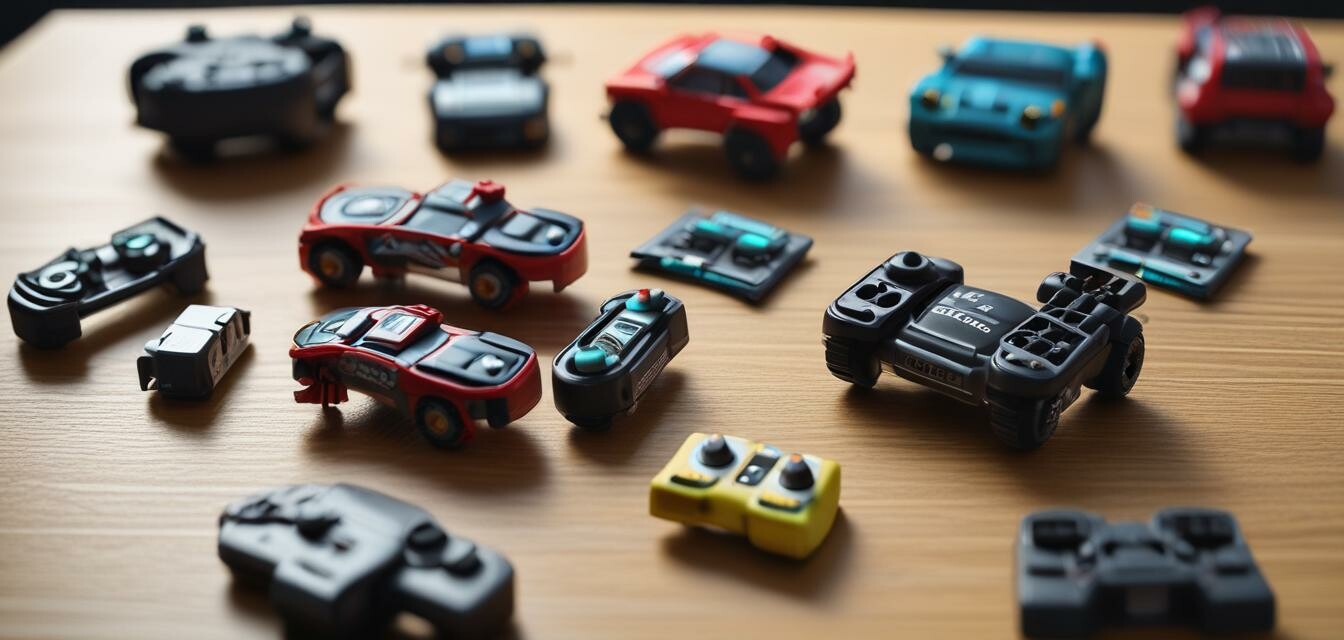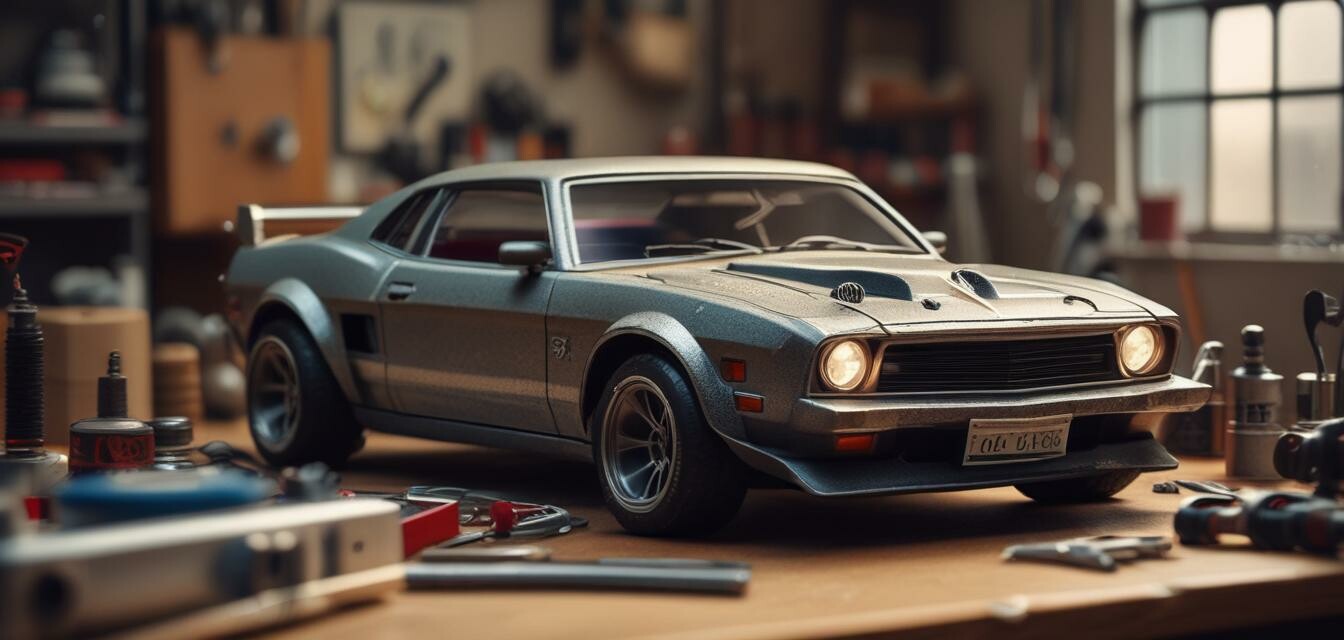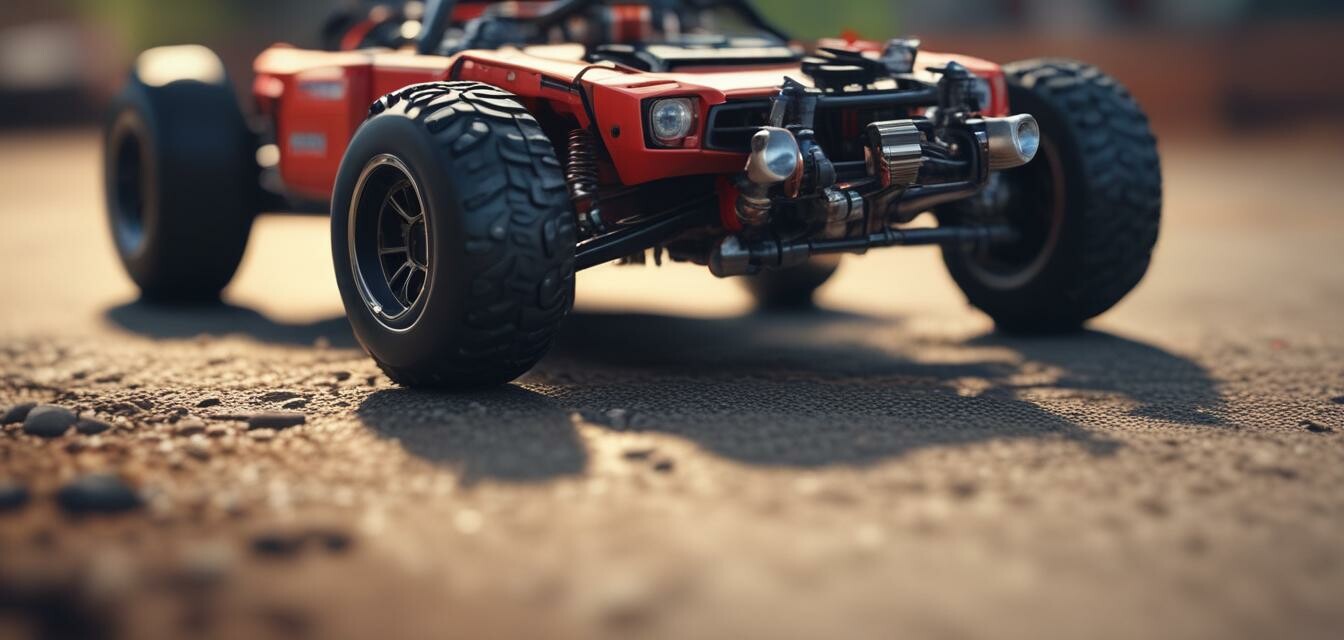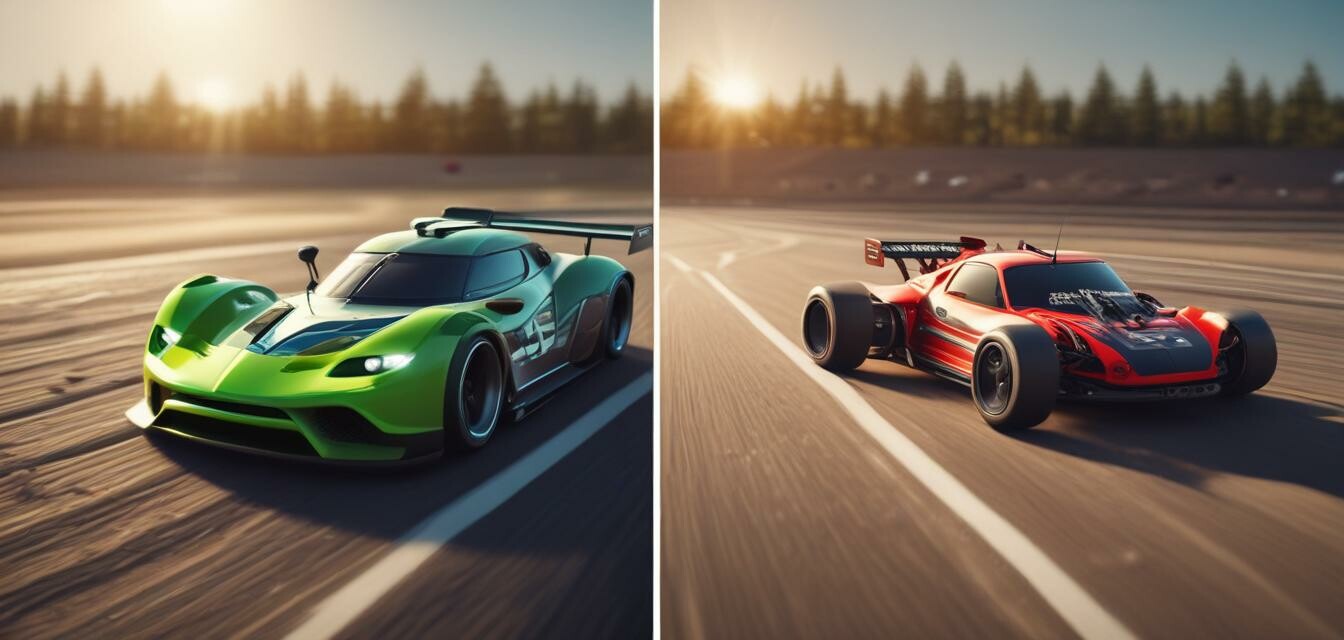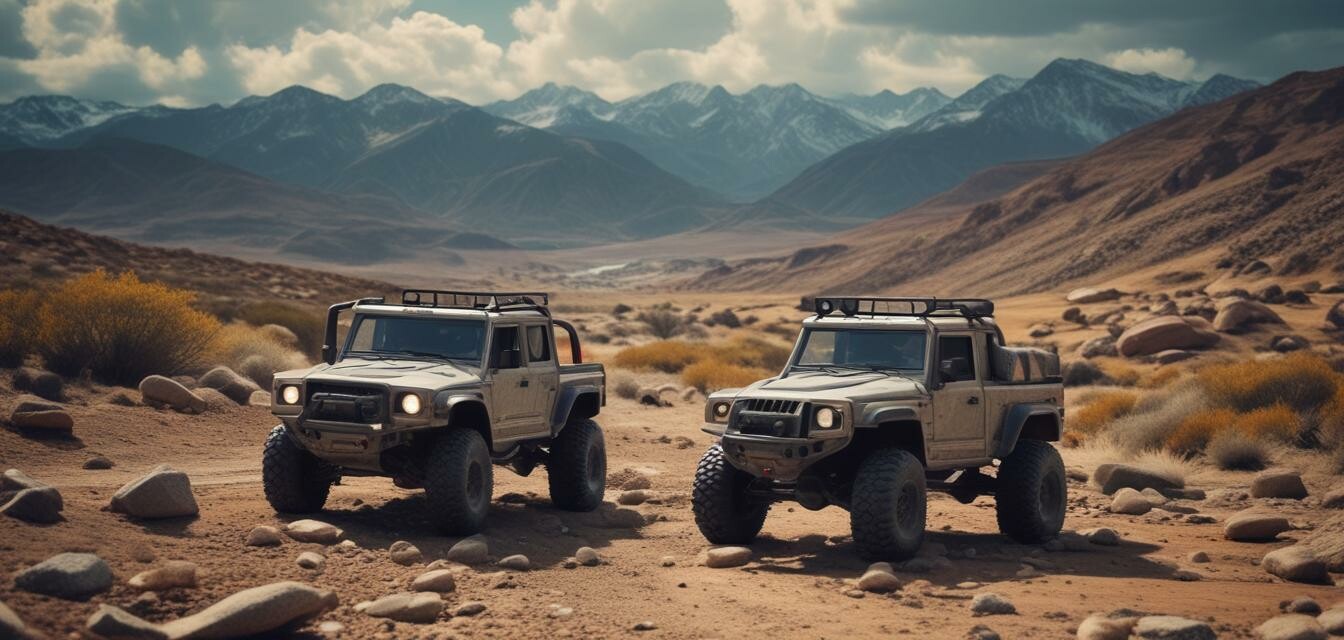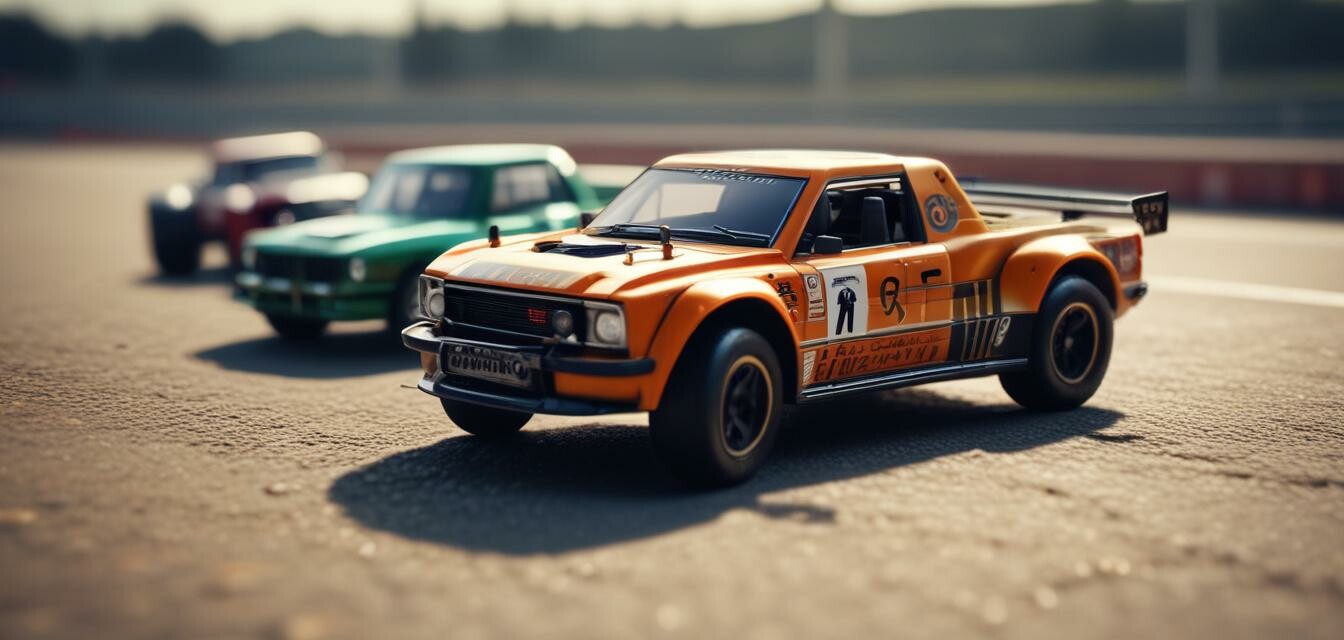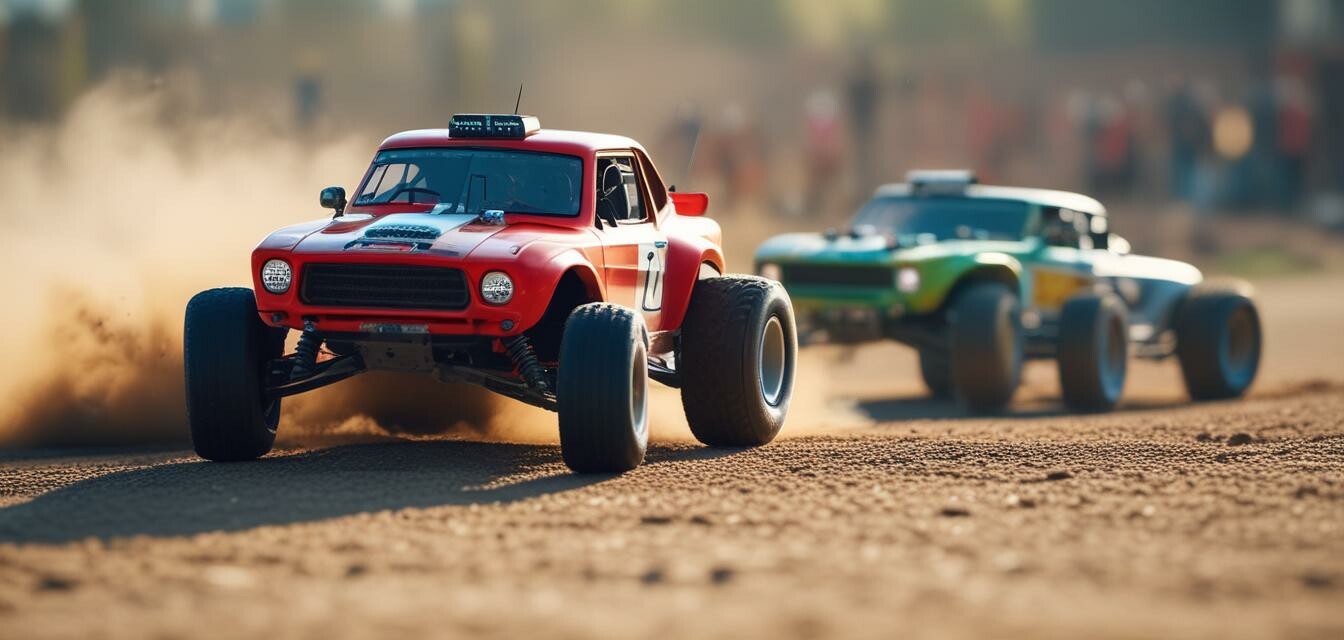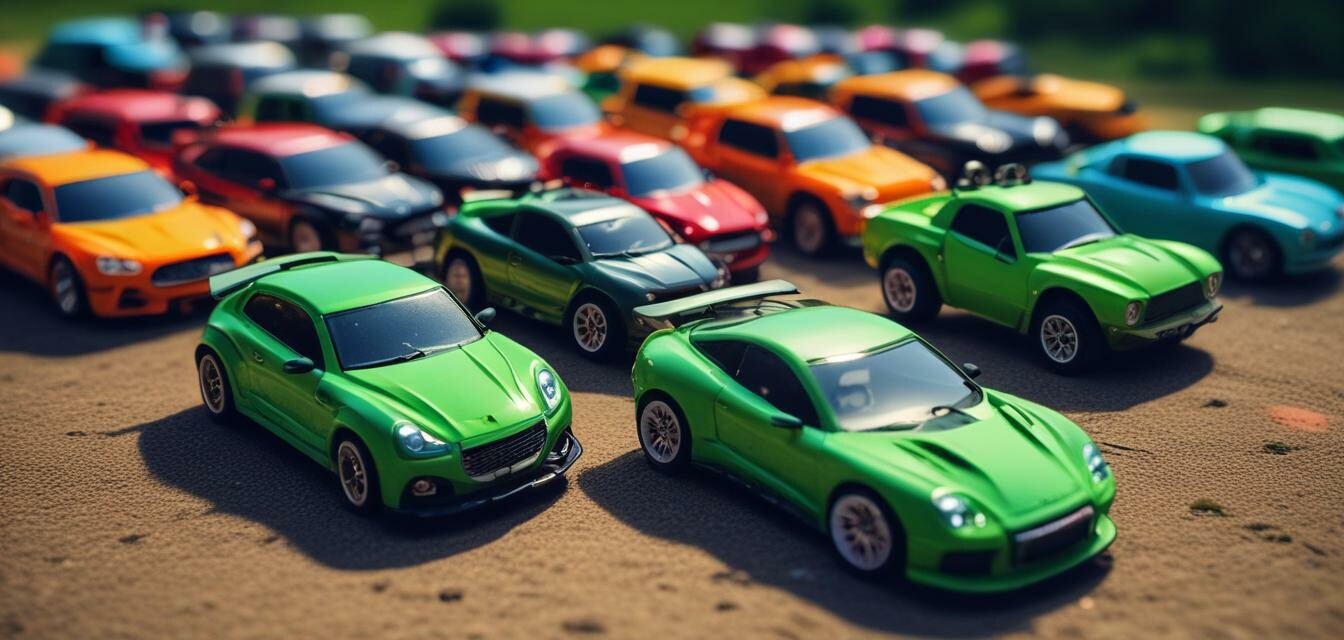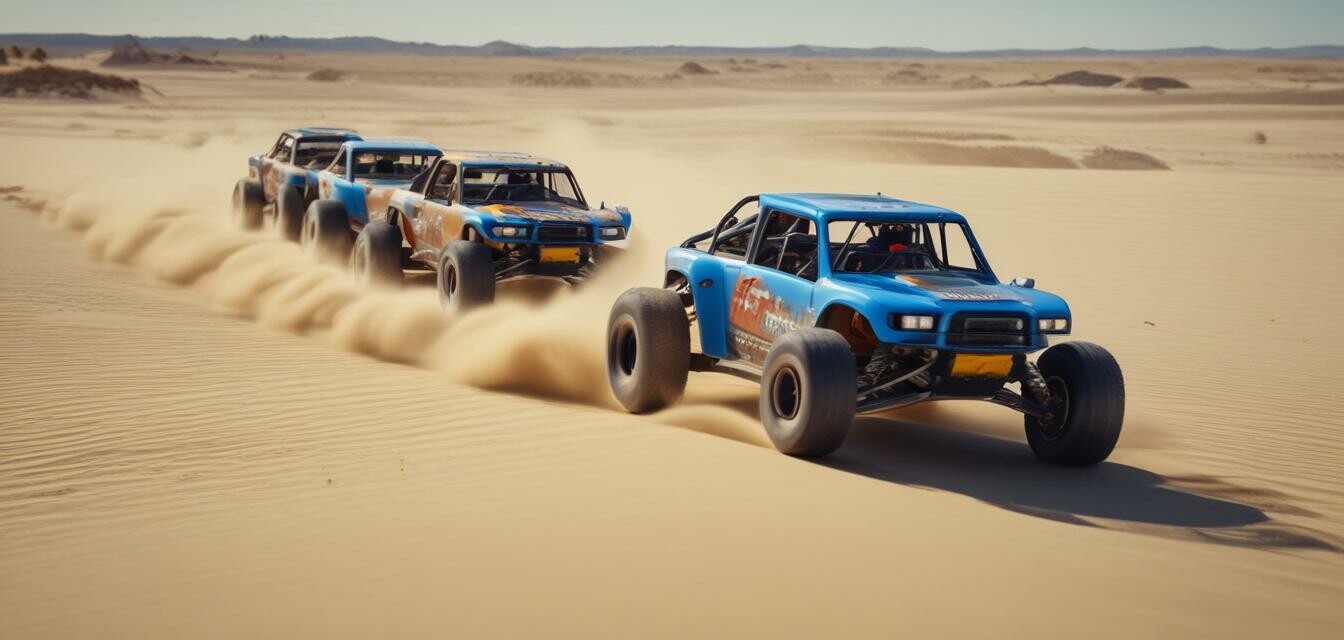
Sand Dune Racing
Sand dune racing is an exhilarating and demanding discipline in the world of RC vehicles. It requires a perfect blend of speed, agility, and vehicle setup to conquer the shifting sands and reach the finish line first.
Key Takeaways
- Sand dune racing demands high-speed RC vehicles with specialized tires and suspension.
- Vehicle setup and tuning are crucial for optimal performance.
- Top models are designed for speed, stability, and durability.
What Makes Sand Dune Racing Unique?
Sand dune racing is distinct from other RC racing disciplines due to the unique challenges posed by the sandy terrain. The soft, shifting surface demands high-speed vehicles with specialized tires and suspension to maintain traction and stability.
| Discipline | Terrain | Vehicle Requirements |
|---|---|---|
| Rock Crawling | Rugged, rocky terrain | High-torque, low-speed vehicles with aggressive tires |
| Sand Dune Racing | Sandy dunes | High-speed vehicles with specialized tires and suspension |
| Off-Road Racing | Variety of terrain, including dirt, gravel, and sand | Versatile vehicles with balanced speed and agility |
Vehicle Setup and Tuning
A well-set-up and tuned vehicle is essential for success in sand dune racing. This includes optimizing the suspension, adjusting the tire pressure, and fine-tuning the motor and gearbox for maximum speed and acceleration.
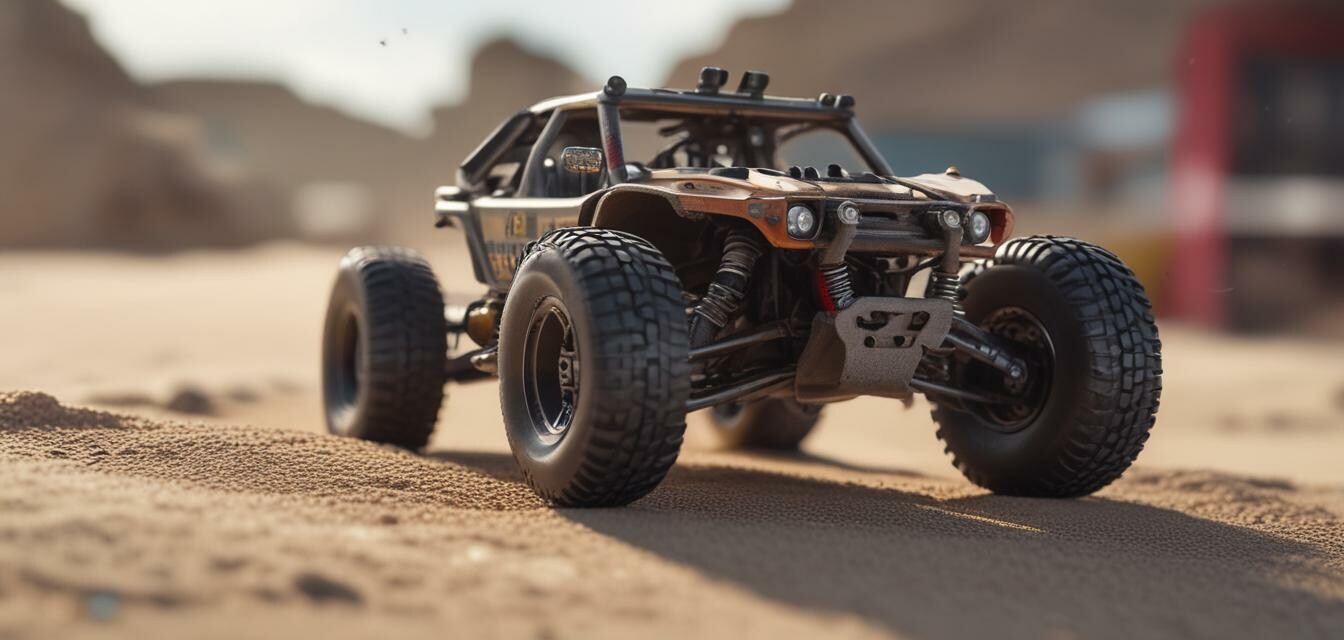
Tire Selection
The right tires can make all the difference in sand dune racing. Look for tires with a specialized tread pattern and compound designed specifically for sandy terrain.
Suspension Tuning
A well-tuned suspension system is critical for maintaining traction and stability at high speeds. Experiment with different shock settings and spring rates to find the perfect balance for your vehicle.
Top Models for Sand Dune Racing
When it comes to sand dune racing, you need a vehicle that's designed for speed, stability, and durability. Here are some top models to consider:
| Model | Speed | Suspension | Tire Size |
|---|---|---|---|
| Redcat Racing Sandstorm | Up to 60mph | Oil-filled shocks | 2.8 inches |
| Traxxas Slash | Up to 65mph | Telescoping shocks | 3.2 inches |
| HPI Racing Baja | Up to 70mph | Long-travel shocks | 3.5 inches |
Pros
- High-speed thrills and excitement
- Improved driving skills and reaction time
- Specialized vehicles and equipment
Cons
- Demands high-maintenance vehicles and equipment
- Requires specialized knowledge and skills
- Can be hazardous in extreme weather conditions
Getting Started with Sand Dune Racing
If you're new to sand dune racing, start by investing in a high-quality RC vehicle designed specifically for this discipline. Practice and experiment with different vehicle setups and tuning to find what works best for you.
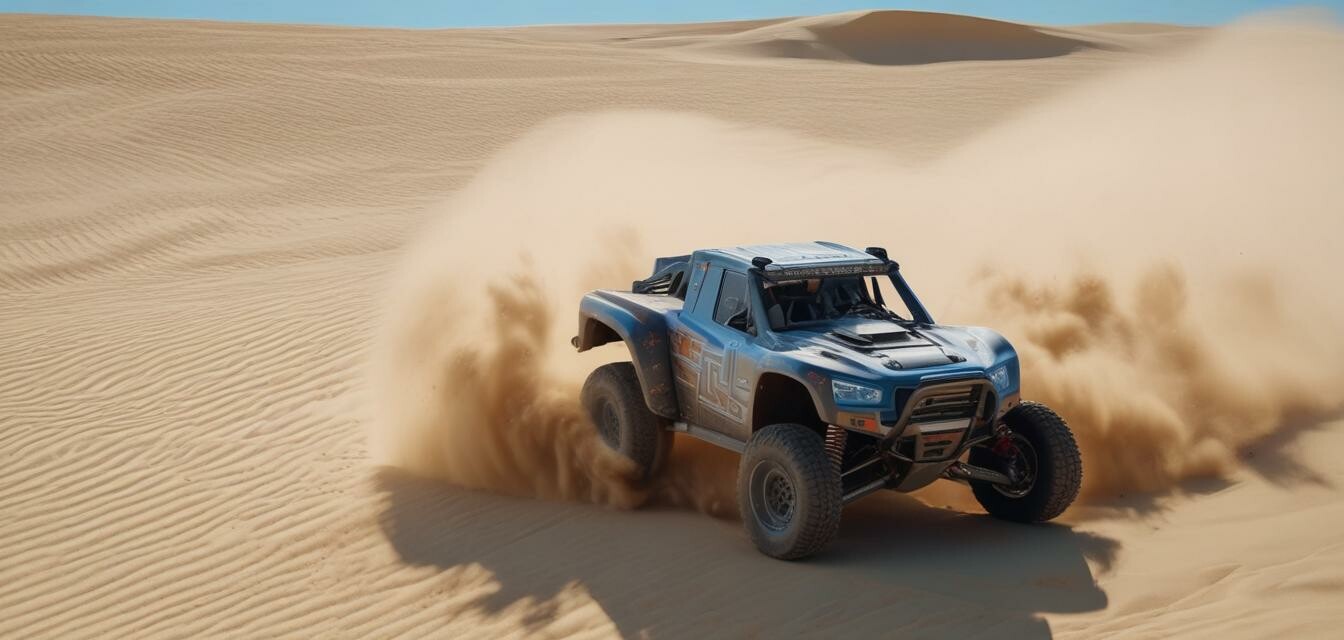
Remember to always follow safety guidelines and precautions when racing, and never attempt to race in extreme weather conditions.
Beginners Section
New to RC vehicles and sand dune racing? Start here:
- Monster Trucks are a great introduction to RC vehicles and can help develop your driving skills.
- Practice with lower-speed vehicles before moving to high-speed sand dune racers.
- Join online forums and communities to learn from experienced racers and get tips and advice.
